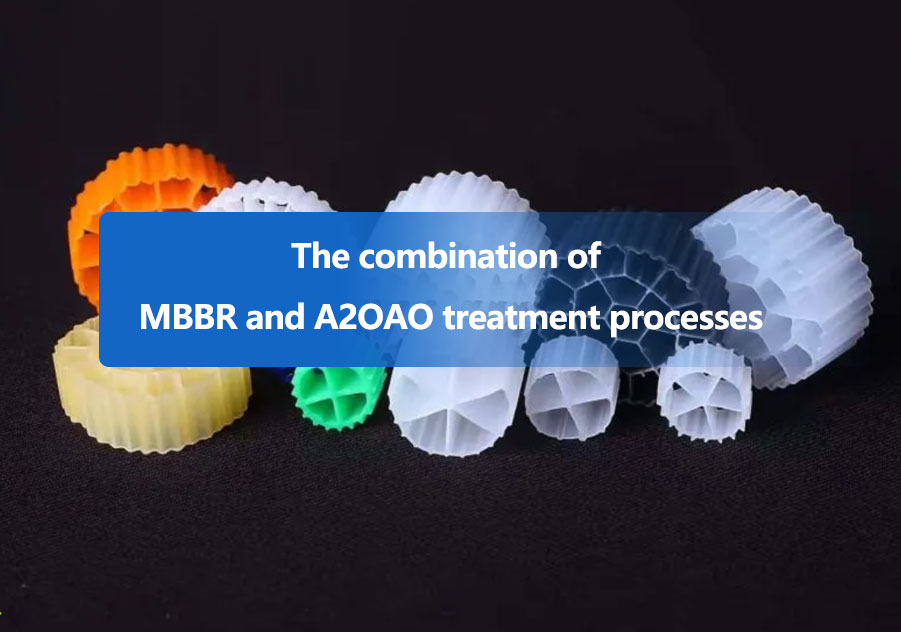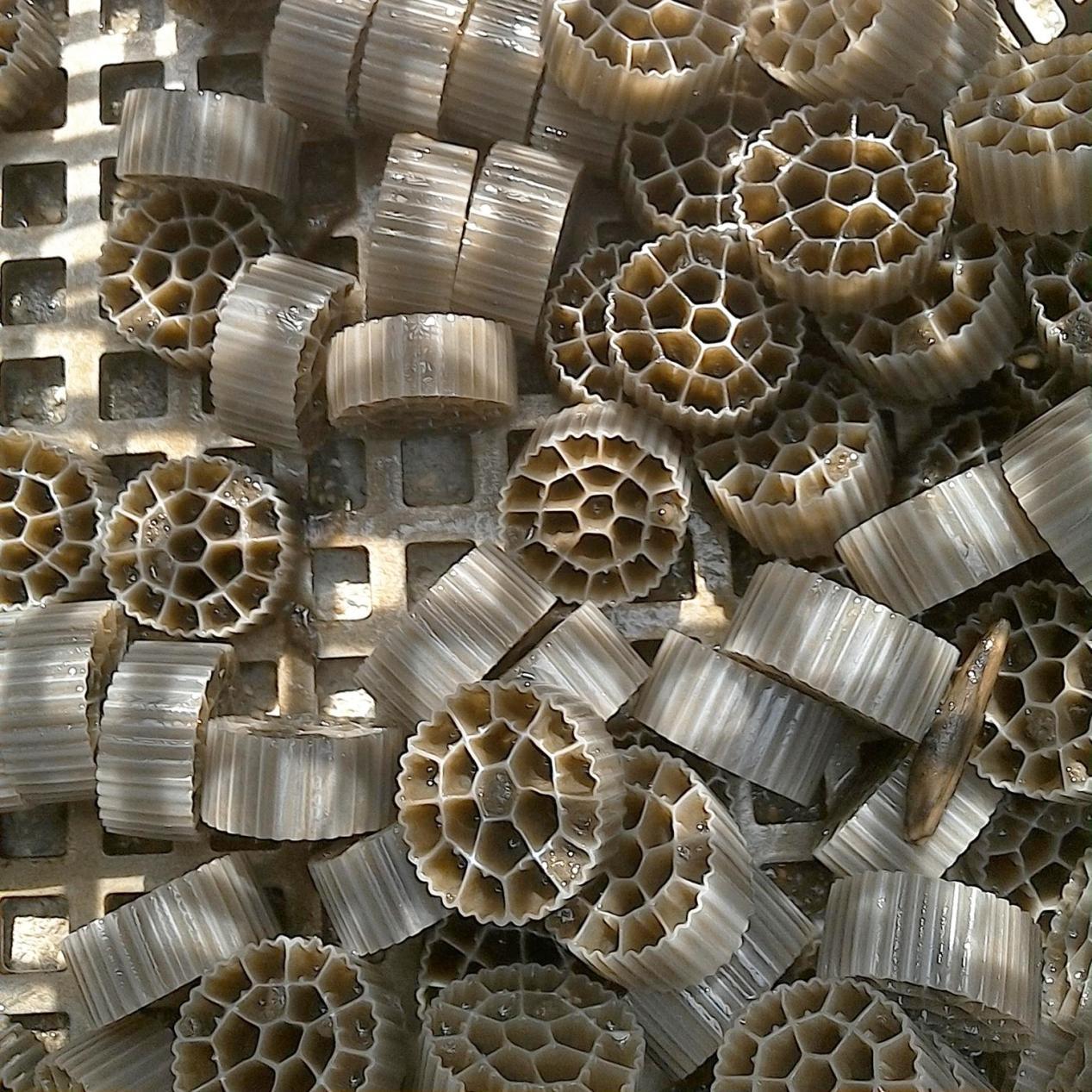 +86-15267462807
+86-15267462807

Process Introduction
Aquasust MBBR filler is an efficient biological filler used for wastewater treatment, widely used in industrial wastewater treatment, urban sewage treatment and other fields.
A2OAO process refers to Anaerobic-Anoxic-Oxic and Anoxic-Oxic process, sewage first enters the anaerobic zone, where polyphosphate accumulating bacteria release phosphorus and convert some organic matter into substances that can be subsequently utilized. Continuing into the anoxic zone, denitrifying bacteria utilize organic matter to reduce nitrate nitrogen to nitrogen, achieving denitrification. In the aerobic zone, nitrifying bacteria convert ammonia nitrogen into nitrate nitrogen, and polyphosphate accumulating bacteria absorb a large amount of phosphorus. Organic matter is further degraded and then enters the anoxic and aerobic zones again to enhance nitrogen and phosphorus removal efficiency.
Why is there a combination of these 2 processes?
The combination of MBBR biological fillers and A2OAO process is mainly aimed at optimizing the wastewater treatment efficiency. MBBR provides efficient biofilm attachment and treatment capabilities, capable of treating large amounts of wastewater in a small space. The A2OAO process uses different oxidation-reduction stages to treat pollutants such as nitrogen and phosphorus, improving removal efficiency. Combining these two can achieve higher treatment efficiency, better pollutant removal effect, while reducing footprint and operating costs, meeting the needs of industrial wastewater treatment.

The Advantages of Combination
Enhance processing effectiveness
In the anoxic zone of the process, denitrifying bacteria on MBBR biological packing can utilize organic matter in wastewater as a carbon source to reduce the refluxed nitrate nitrogen to nitrogen, achieving efficient denitrification.
In the aerobic zone, nitrifying bacteria on the packing convert ammonia nitrogen into nitrate nitrogen, while polyphosphate accumulating bacteria absorb phosphorus from wastewater and achieve phosphorus removal by discharging excess sludge. MBBR biological fillers provide larger growth space for these microorganisms, increase biomass, and thus improve nitrogen and phosphorus removal efficiency.
Improve system stability
After combining the A2OAO process with MBBR biological fillers, it has a stronger adaptability to changes in water quality and quantity. When the inflow water quality fluctuates greatly or the water volume suddenly increases, the biofilm on the packing can buffer the impact and maintain the stable operation of the system.
The microbial community on the filling material is more diverse and adaptable to different environmental conditions, reducing the risk of system collapse caused by a single microbial community being affected.
Reduce Sludge Expansion
In the A2OAO process, there may sometimes be issues with activated sludge expansion, which can affect the treatment efficiency. The biofilm on MBBR biological packing is relatively stable and not prone to expansion, which can alleviate the impact of sludge expansion on the system to a certain extent.
Save space and costs
MBBR bio fillers can be retrofitted and added to existing AOAO treatment facilities without the need for significant additional civil engineering, fully utilizing existing space and improving land use efficiency.
For newly built sewage treatment plants, the combination of AOAO and MBBR processes can be used to design more compact treatment systems and reduce footprint.
Convenient operation and management
The process operation of combining A2OAO with MBBR is relatively simple and does not require complex equipment and control programs. The fluidization of fillers can be achieved through aeration or agitation, which is compatible with the operational management of A2OAO process.